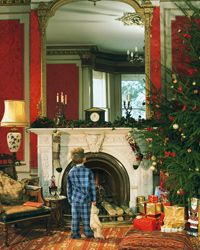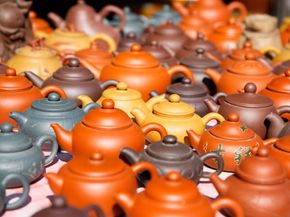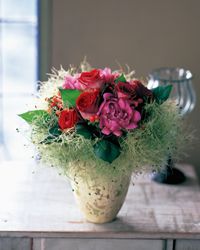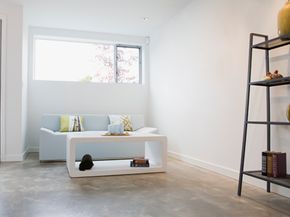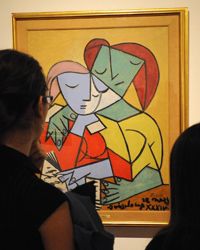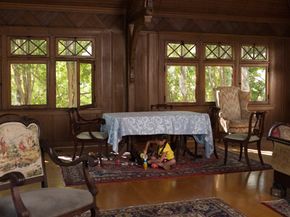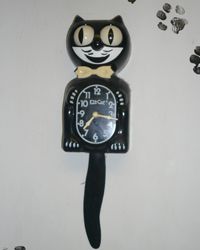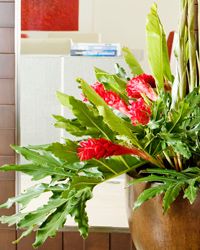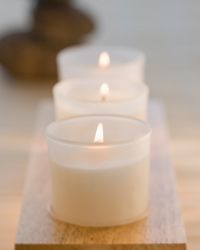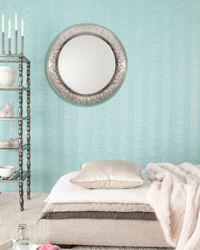Key Takeaways
- Must-have home accessories include teapots for their comforting role, vases with long historical significance, and designer storage solutions to combine aesthetics with functionality.
- Art pieces personalize and add beauty to your home. Rugs create warmth and comfort. Houseplants are good for health and decoration, while candles set the ambiance and mirrors elongate spaces.
- These accessories not only beautify the home but also serve practical purposes, reflect personal taste and can have significant emotional value.
Home décor encompasses many different elements of design, from what kind of flooring you use to how the furniture is arranged in each room. No matter what your tastes are, you can use different combinations of color, structure and furnishings to make your home comfortable, practical and welcoming.
So how do you create a home design that you'll love? Start by deciding what kind of look and mood you'd like to have, then choose the elements that help reflect that concept. Light colored furniture like wicker or light woods can create an atmosphere of serenity, while dark and heavy wood gives the home a regal and staid quality. Hardwood flooring can add warmth, while lighting can be arranged to create a mood, or to make the home cheery and bright. Color schemes can complement any atmosphere you would like to emulate.
Advertisement
Furniture and design can only take you so far, though. A beautiful house, no matter how well it's designed, is simply that: a house. To make this house into a home, we turn to home accessories.
From art collections to teapots and everything in between, home accessories are what give your home personality and character. Whether you proudly display your grandmother's china in your dining room or you hang your favorite family photo over the fireplace, these accessories are necessary to reflect who you are and what's really important to your family. It's the accessories you choose that distinguish your house from your neighbor's and make you feel like you're really home.
